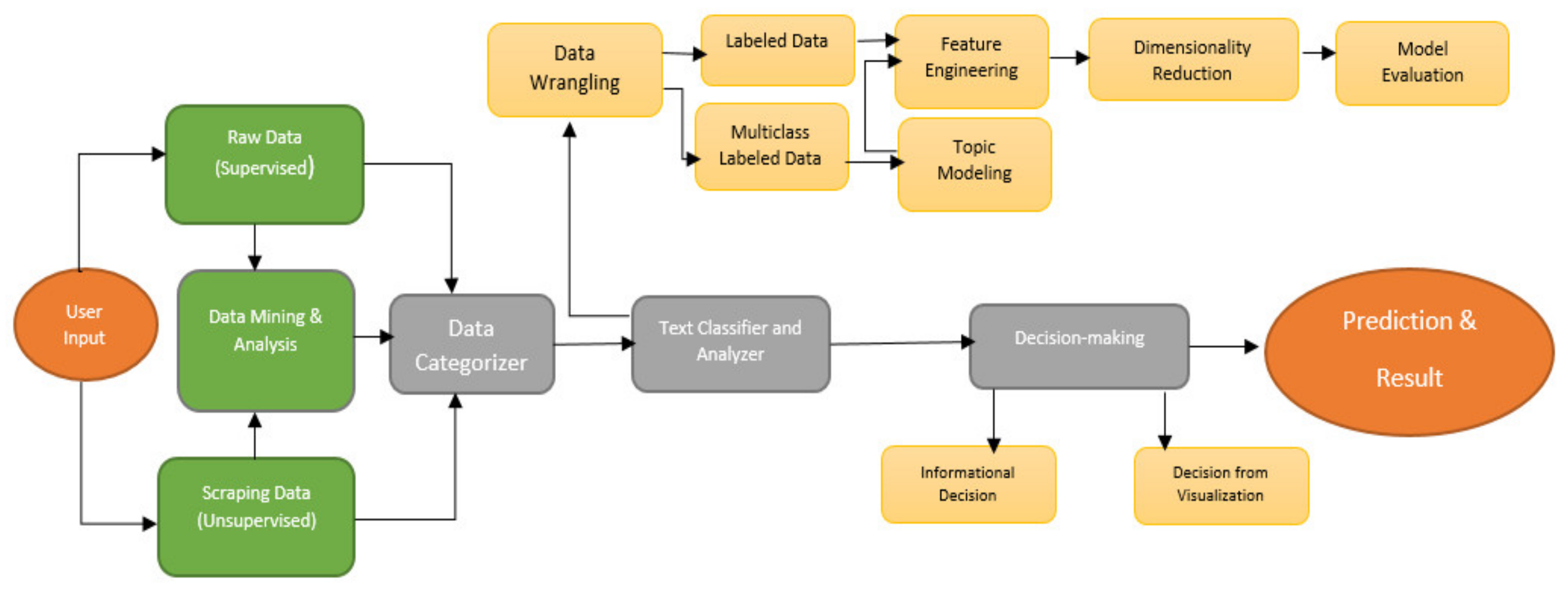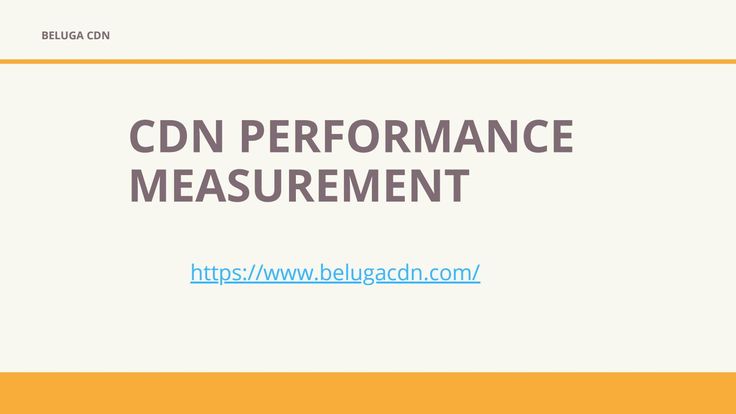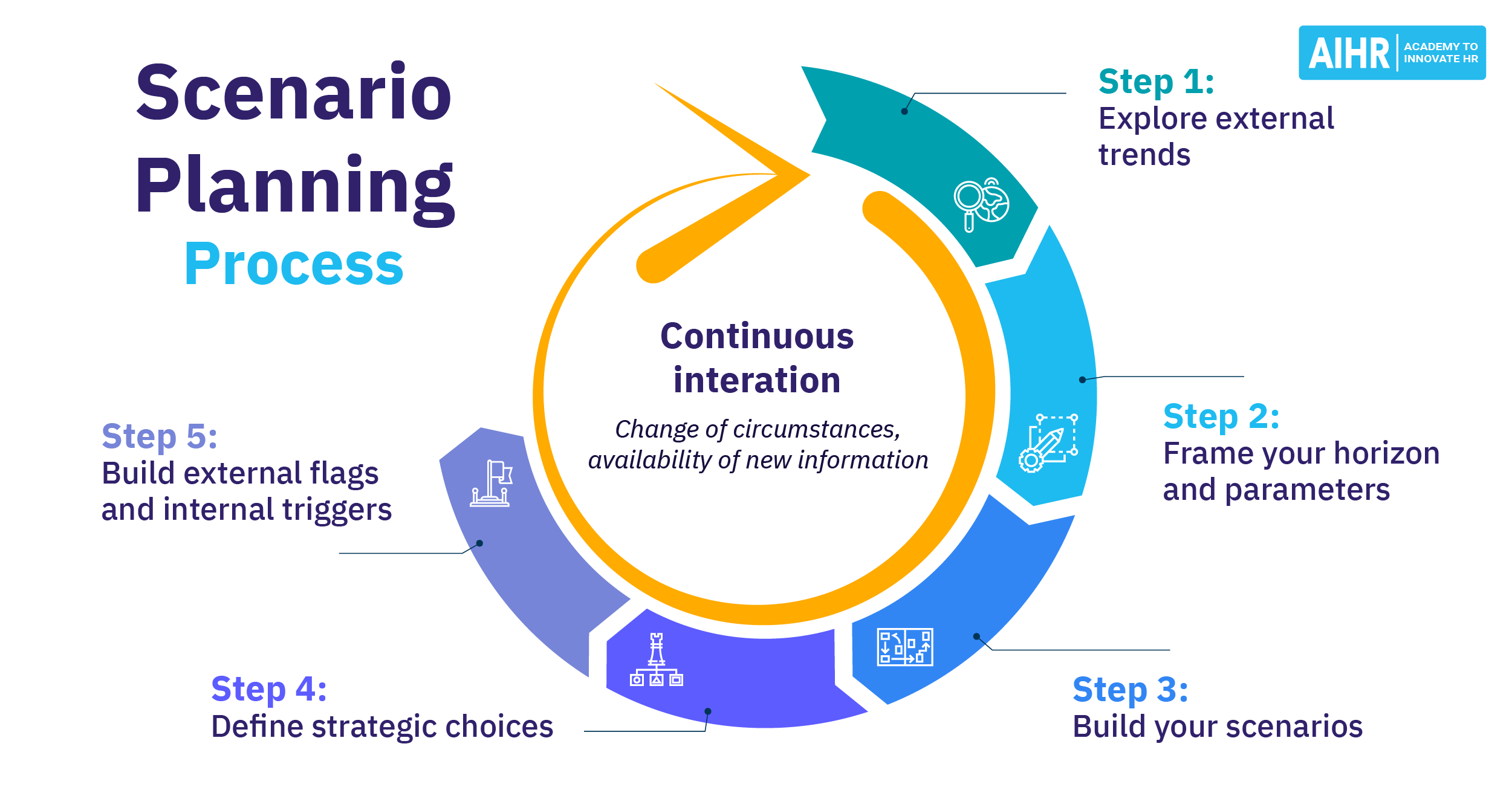Strategies for CDN Optimization in High-Demand Scenarios

1. Proactive Caching:

- Implement aggressive caching policies to store frequently requested content close to end-users.
- Monitor content popularity and adjust cache sizes and time-to-live (TTL) settings accordingly.
- Utilize hierarchical caching architectures (e.g., multi-tiered caches) to distribute content across different levels based on demand.
2. Load Balancing and Redundancy:

- Distribute traffic across multiple CDN servers to avoid single points of failure and enhance scalability.
- Implement load balancing algorithms to ensure optimal server utilization and minimize latency.
- Set up redundant CDN nodes in different geographic regions to provide failover in case of outages.
3. Content Preloading and Prefetching:
- Anticipate future requests by preloading popular content onto CDN servers before it is requested by end-users.
- Use prefetching techniques to retrieve content in the background based on user predictions or historical patterns.
4. Compression and Optimization:
- Optimize content for efficient delivery by compressing files (e.g., GZIP, Brotli), reducing image sizes, and removing unnecessary elements.
- Implement content delivery formats (e.g., HTTP/2, QUIC) that support multiplexing and stream aggregation for faster delivery.
5. Edge Computing:
- Leverage edge computing infrastructure to process content closer to end-users, reducing latency and improving responsiveness.
- Host content on edge nodes that are strategically placed in high-traffic areas or near target audiences.
6. Geolocation and Content Localization:
- Determine the location of end-users and deliver content from the nearest CDN server for optimal latency.
- Localize content by providing translations or regional variations to cater to different audiences.
7. Real-Time Monitoring and Analytics:
- Monitor CDN performance and usage patterns in real-time to identify bottlenecks and optimize configurations.
- Analyze metrics such as latency, throughput, and error rates to identify areas for improvement.
- Implement proactive alerting mechanisms to detect potential issues before they impact users.
8. CDN Partnerships and Collaboration:
- Partner with multiple CDN providers to distribute content across their global networks.
- Establish clear SLAs and monitor performance to ensure consistent service quality.
- Share insights and best practices with CDN providers to enhance optimization.
9. Threat Mitigation:
- Implement security measures such as DDoS mitigation, SSL encryption, and WAFs to protect CDN infrastructure and data.
- Monitor for malicious traffic and adjust CDN configurations to mitigate threats proactively.
10. Continuous Optimization:
- Regularly review CDN performance and make adjustments based on changing demand patterns and user feedback.
- Conduct A/B testing to evaluate different optimization strategies and identify optimal configurations.
- Keep up with industry best practices and technology advancements to ensure continuous improvement.## Strategies For CDN Optimization In High-Demand Scenarios
Executive Summary:
Content Delivery Networks (CDNs) play a vital role in enhancing the online experience for users by reducing latency and improving content delivery speed. This is especially critical during high-demand scenarios, such as major sporting events or product launches, where a surge in traffic can strain traditional delivery methods. In this article, we will explore effective strategies for CDN optimization in these demanding situations, ensuring seamless content delivery and user satisfaction.
Introduction:
The internet has become an integral part of our lives, and the demand for fast and reliable content delivery is constantly growing. With the rise of streaming services, online gaming, and social media, users expect instant access to high-quality content, regardless of their location or device. To meet this demand, Content Delivery Networks (CDNs) have emerged as essential tools for businesses and content providers. CDNs distribute content from multiple servers located around the world, ensuring that users can access content quickly and efficiently, even during peak traffic periods. However, optimizing CDN performance in high-demand scenarios requires careful planning and execution.
FAQs:
1). What are the benefits of using a CDN?
CDNs offer numerous benefits, including:
- Reduced latency: By distributing content from servers closer to users, CDNs reduce the distance data has to travel, resulting in faster load times.
- Increased bandwidth: CDNs utilize multiple servers, providing increased bandwidth capacity to handle high traffic volumes without compromising performance.
- Improved reliability: CDNs provide redundancy and failover mechanisms to ensure that content remains available even in the event of server outages or network congestion.
2). How do I choose the right CDN provider?
When selecting a CDN provider, consider factors such as:
- Network reach and coverage: Ensure the provider has servers in strategic locations to cover your target audience.
- Pricing and scalability: Choose a provider that offers flexible pricing models and can scale to meet your growing traffic demands.
- Features and support: Evaluate the provider’s CDN features, such as caching, security, and analytics, and ensure they provide reliable technical support.
3). How can I optimize my CDN for high-demand scenarios?
To optimize your CDN for high-demand scenarios, implement strategies such as:
- Content caching: Store frequently accessed content closer to users to reduce latency and bandwidth consumption.
- Load balancing: Distribute traffic across multiple servers to prevent overloading and ensure optimal performance.
- Real-time monitoring: Monitor CDN performance in real-time to identify and resolve any issues promptly.
Top 5 CDN Optimization Strategies for High-Demand Scenarios:
Content Caching
Description: Content caching involves storing frequently accessed content on servers located in close proximity to users. By reducing the distance data has to travel, caching significantly improves content delivery speed and reduces latency, particularly during peak traffic periods.
- CDN Edge Servers: Deploy CDN edge servers in strategic locations to cache content closer to end-users.
- Caching Policies: Implement caching policies to determine which content should be cached and for how long.
- Cache Invalidation: Establish mechanisms to invalidate cached content when updates are made to ensure users access the latest version.
Load Balancing
Description: Load balancing distributes incoming traffic across multiple servers to prevent overloading and ensure optimal performance. By spreading the load, load balancing prevents any single server from becoming overwhelmed and improves overall CDN stability and responsiveness.
- DNS Round Robin: Implement DNS round robin to distribute traffic evenly across multiple servers.
- Layer 4 Load Balancing: Use layer 4 load balancers to distribute traffic based on factors such as IP address or port number.
- Layer 7 Load Balancing: Implement layer 7 load balancers to distribute traffic based on more advanced criteria, such as URL or HTTP headers.
Real-Time Monitoring
Description: Real-time monitoring provides visibility into CDN performance and allows administrators to identify and resolve issues promptly, mitigating the impact on user experience. By proactively monitoring key metrics, organizations can ensure optimal CDN performance, even during high-demand scenarios.
- Performance Metrics: Monitor key performance metrics such as latency, throughput, and error rates.
- Alerts and Notifications: Set up alerts and notifications to be notified of any performance degradation or outages.
- Diagnostic Tools: Utilize diagnostic tools to troubleshoot issues and identify the root cause of performance problems.
Geographical Redundancy
Description: Geographical redundancy involves replicating content across multiple geographic regions to provide failover capabilities and improve availability. By distributing content across different regions, organizations can ensure that users can access content even in the event of regional outages or network disruptions.
- Multi-Region Deployment: Deploy CDN servers in multiple geographic regions to provide redundancy and improve availability.
- Failover Mechanisms: Implement failover mechanisms to automatically redirect traffic to backup servers in case of outages.
- Global Load Balancing: Utilize global load balancers to distribute traffic across multiple regions and optimize content delivery based on user location.
Security Optimization
Description: Security optimization for CDN involves implementing measures to protect content and user data from cyber threats and malicious attacks. By securing the CDN infrastructure, organizations can prevent data breaches, protect user privacy, and maintain the integrity of content delivery.
- SSL/TLS Encryption: Implement SSL/TLS encryption to protect data in transit between the CDN and users.
- Web Application Firewall (WAF): Deploy a WAF to block malicious traffic and protect against common web attacks.
- DDoS Mitigation: Implement DDoS mitigation strategies to protect the CDN from distributed denial-of-service attacks.
Conclusion:
Optimizing CDN performance in high-demand scenarios is crucial for delivering a seamless and engaging user experience. By implementing the strategies outlined in this article, organizations can ensure fast and reliable content delivery, even during periods of peak traffic. Content caching, load balancing, real-time monitoring, geographical redundancy, and security optimization are essential elements of CDN optimization that enable businesses to meet the growing demands of the digital world. By investing in a robust and optimized CDN infrastructure, organizations can gain a competitive advantage and enhance the online experience for their users.
Relevant Keyword Tags:
- CDN Optimization
- High-Demand Scenarios
- Content Delivery Networks
- Latency Reduction
- Performance Improvement
